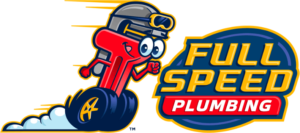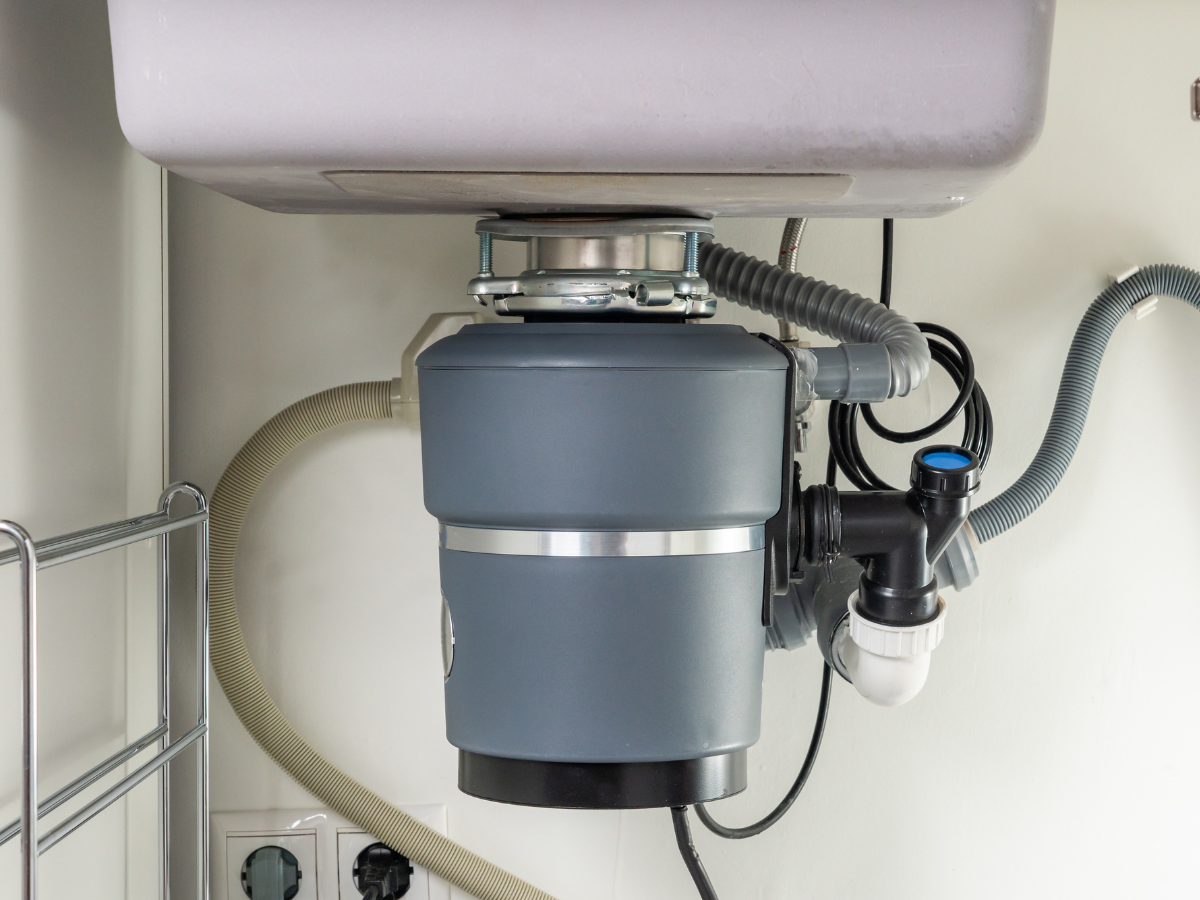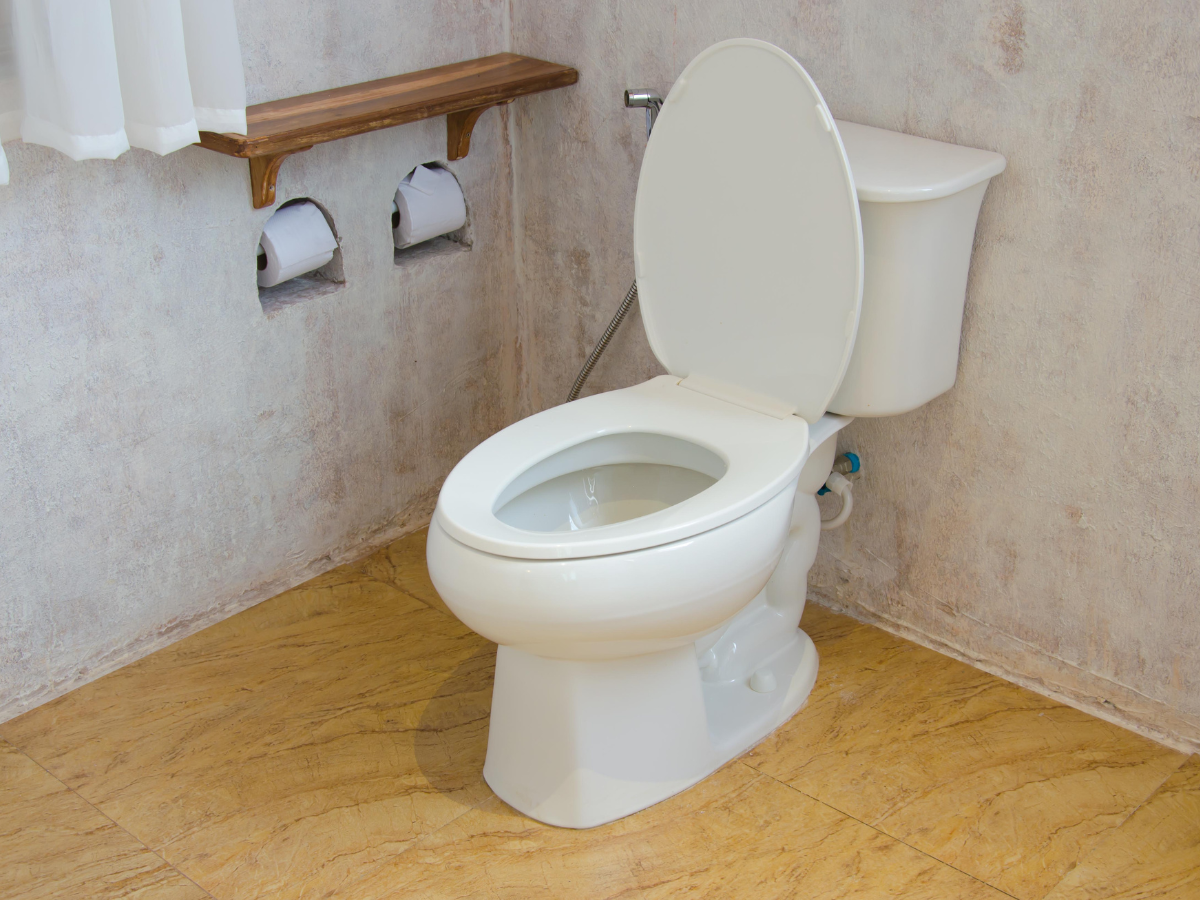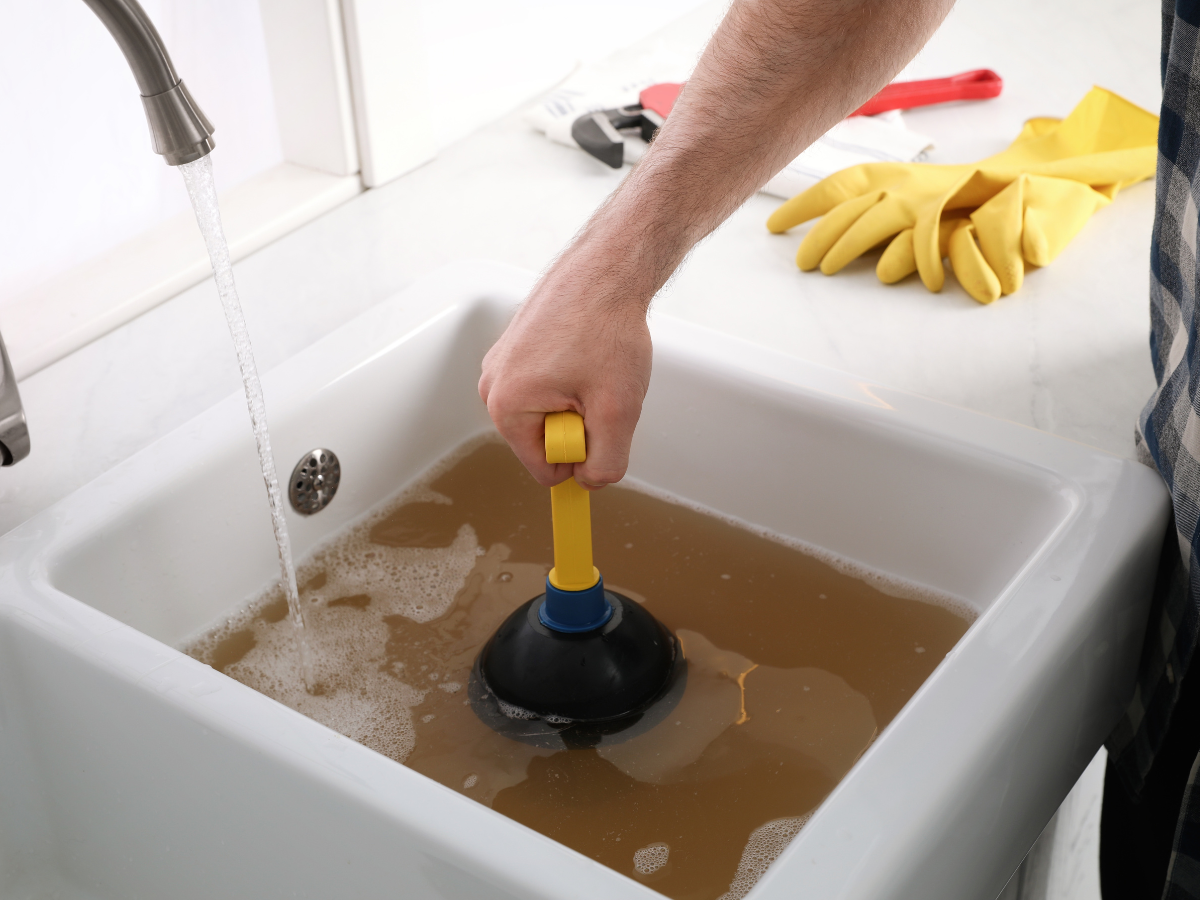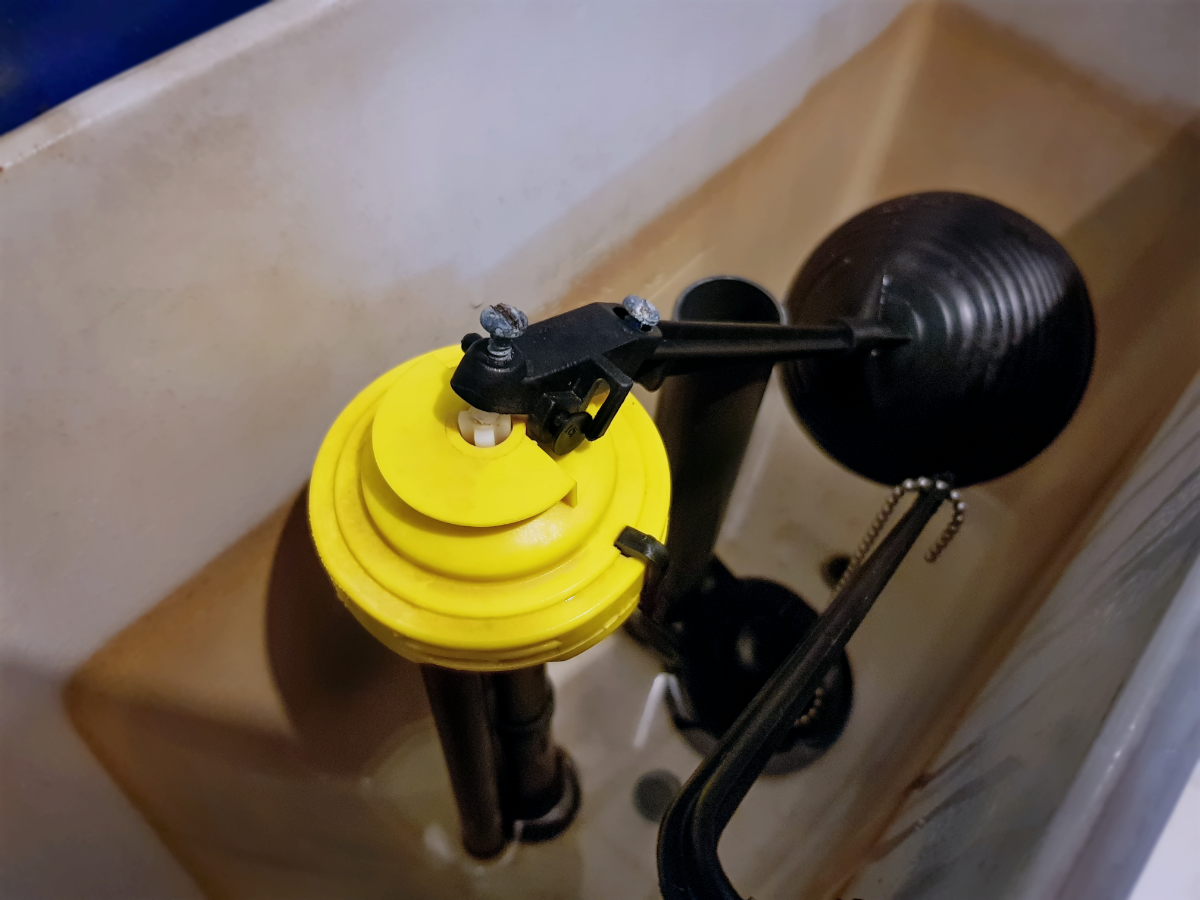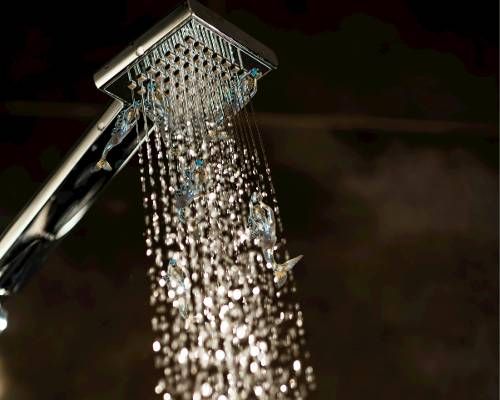5 Most Common Sump Pump Problems and Their Causes
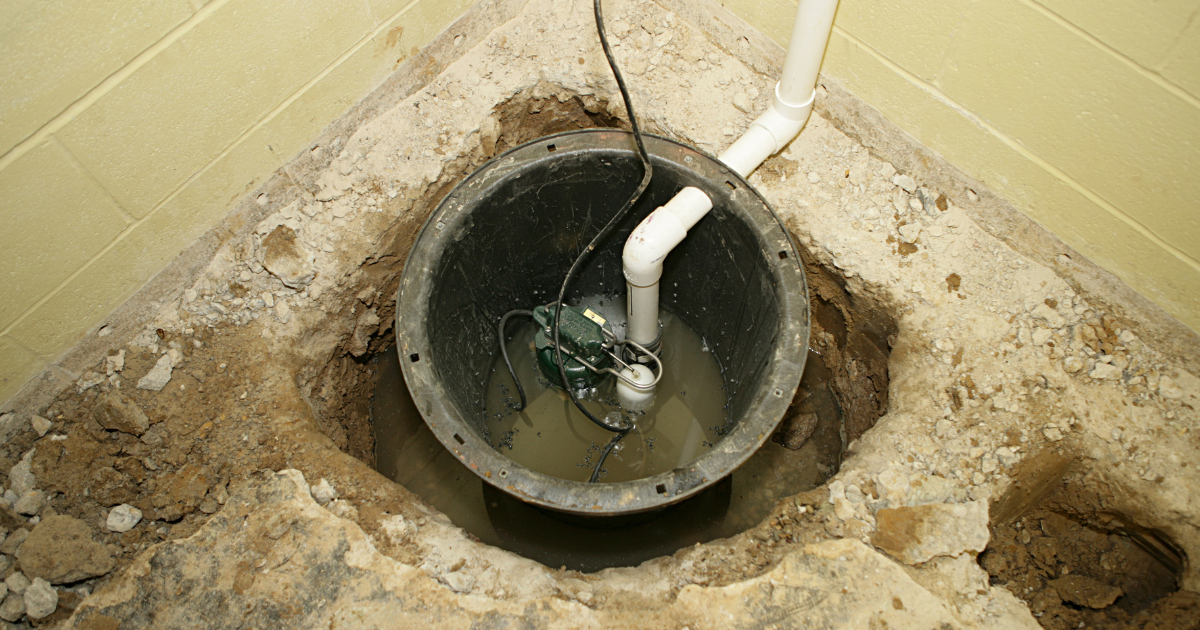
At Full Speed Plumbing, we believe in empowering our customers with knowledge to make informed decisions about their plumbing needs. One such area often overlooked is the humble sump pump, a silent hero protecting your home from water damage. But even heroes might have a bad day.
So, what happens when your sump pump decides to take an unexpected break? In this article, we’ll delve into the most common sump pump issues and their causes.
By the end, you’ll have a clear idea of what might be troubling your sump pump and how to address it. Let’s get started!
Common Causes of Sump Pump Problems
Even though sump pumps are relatively reliable units, issues do occur from time to time. Each of these issues stems from their own causes. Some examples of these causes include:
- Lack of Maintenance: Sump pumps need regular servicing, and without it, their performance can degrade over time. Lack of maintenance can lead to a wide range of issues, such as motor failure, switch problems, or even a decrease in pumping capacity. Regular check-ups and periodic cleaning can help keep your sump pump unit in good working condition and extend its lifespan.
- Clogs and Blockages: Sump pumps are prone to clogs and blockages, which can severely hamper their functionality. Debris, gravel, or even accumulation of dirt can clog the pump’s intake screen, causing it to run continuously and eventually burn out. It’s recommended to clear out any visible debris and consider installing a cover to prevent future clogs.
- Power Failure: A power outage is the most common reason for sump pump failure. Most sump pumps rely on your home’s electrical system; a power outage can render them useless. It’s always a good idea to have a battery backup system in place for these scenarios.
- Flooding or Heavy Rain: Sump pumps are designed to handle a specific water capacity. In events of heavy rain or flooding, the pump might get overwhelmed and stop working due to the sheer volume of water. In such cases, you might need a secondary pump in your basement to help manage the excessive water flow.
By being aware and taking preventive measures, you can avoid these common problems and ensure your sump pump performs when needed.
The Most Common Sump Pump Problems Homeowners Face
Let’s take a deeper look at the specific problems your sump pump might encounter:
- Switch Problems: The switch controls the operation of your sump pump. Problems occur when the switch gets stuck in either the on or off position due to debris or a misplaced float.
- Overworked Pump: Often, the pump might have to work extra hard if it’s not the right size for your home or if you are dealing with more water than it can handle. This can lead to the unit burning out prematurely.
- Frozen or Clogged Discharge Lines: The discharge lines carry water away from your home. However, they can get clogged with debris or even freeze in winter, causing water to back up and potentially cause a flood.
- Old Age: Sump pumps don’t last forever. Most parts wear out after 7 to 10 years of service, and performance declines. If your pump is within this age range, consider a replacement.
- Improper Installation: Sump pump units need to be installed correctly to function as expected. An improperly installed pump may lead to constant cycling, short cycling, or other issues.
By understanding these common sump pump problems, you can better anticipate what might go wrong and take proactive measures to prevent these issues. Remember, a well-maintained sump pump protects your home from water damage.
Step-by-Step Instructions for Assessing Sump Pump Performance
Now that we understand the common issues that plague sump pumps, let’s outline the steps to assess your sump pump’s performance effectively:
- Checking Power Supply: Start by checking the power source of your sump pump. Ensure it’s plugged into a functioning outlet. You can test the outlet using a different device to confirm it works. If the outlet is fine, but the pump isn’t running, you might have a power failure issue.
- Inspecting Sump Pump Switches: Switch problems are common in sump pumps. Check if the switch is moving freely and isn’t hindered by debris or the position of the float. A stuck switch tends to lock the pump in either an ‘on’ or ‘off’ state, causing operational issues.
- Clearing Clogs and Debris: Regularly inspect your sump pump for clogs and debris. Check the intake screen for any blockages and clean it out if necessary. A clogged pump can cause the motor to run continuously and burn out eventually.
- Testing Float Switches: The float switch triggers the pump to start when the water reaches a certain level. Test it by running water into the sump pit and observing if the pump kicks in when the water reaches the designated level. You might need to adjust or replace the float switch if it doesn’t.
By following these troubleshooting tips, you can conduct a basic yet practical assessment of your sump pump performance. That being said, teaming up with an expert, like one of our team members at Full Speed Plumbing, for regular checks and maintenance can prevent common issues, ensuring your household remains protected against potential water damage.
5 Most Common Sump Pump Problems and Their Causes – Conclusion
Understanding the common issues that can affect your sump pump, from switch problems to power failures, is key to safeguarding your home against water damage. Stay one step ahead by regularly inspecting and maintaining your pump, clearing any blockages, and ensuring its correct operation.
Still, if you find the task daunting or your sump pump shows signs of failure despite your best efforts, feel free to reach out to our experts at Full Speed Plumbing. Our trained professionals are equipped to diagnose and resolve any sump pump issue, ensuring optimal performance and providing your home with the protection it needs.
Call us today to experience the peace of mind that comes from knowing your property is safe from potential water damage.
